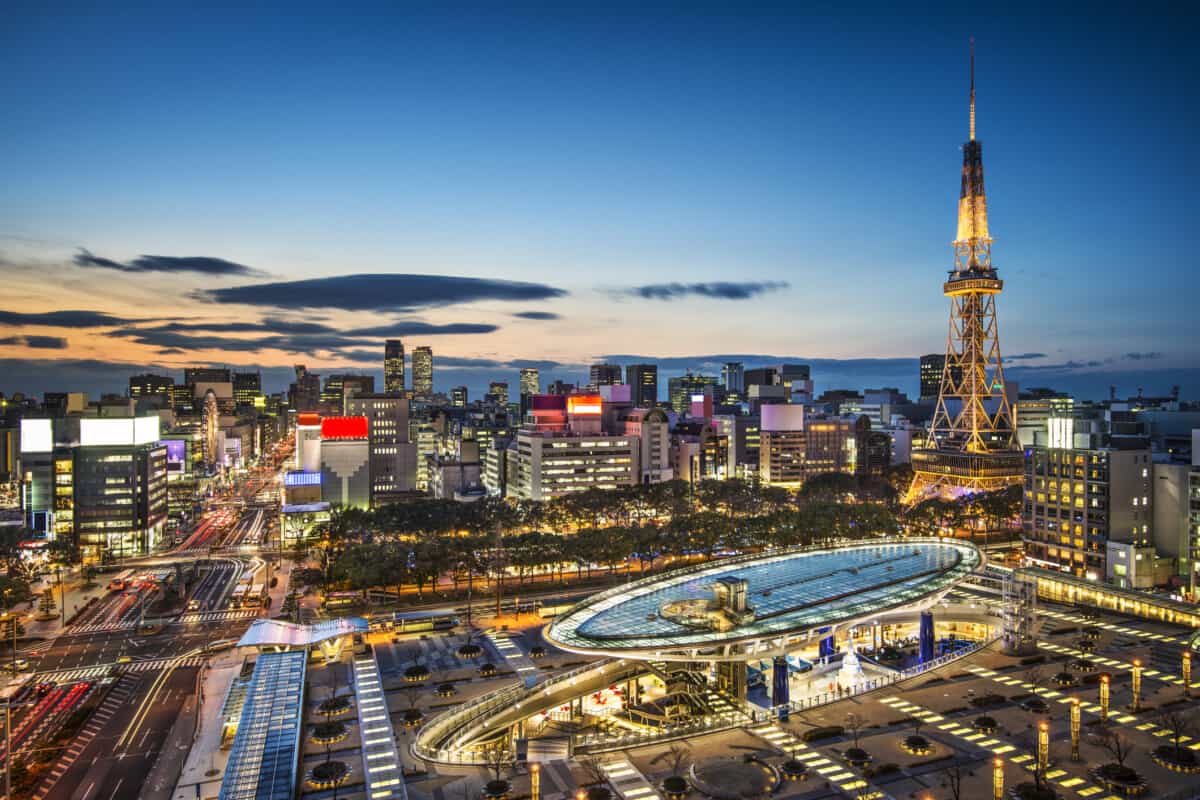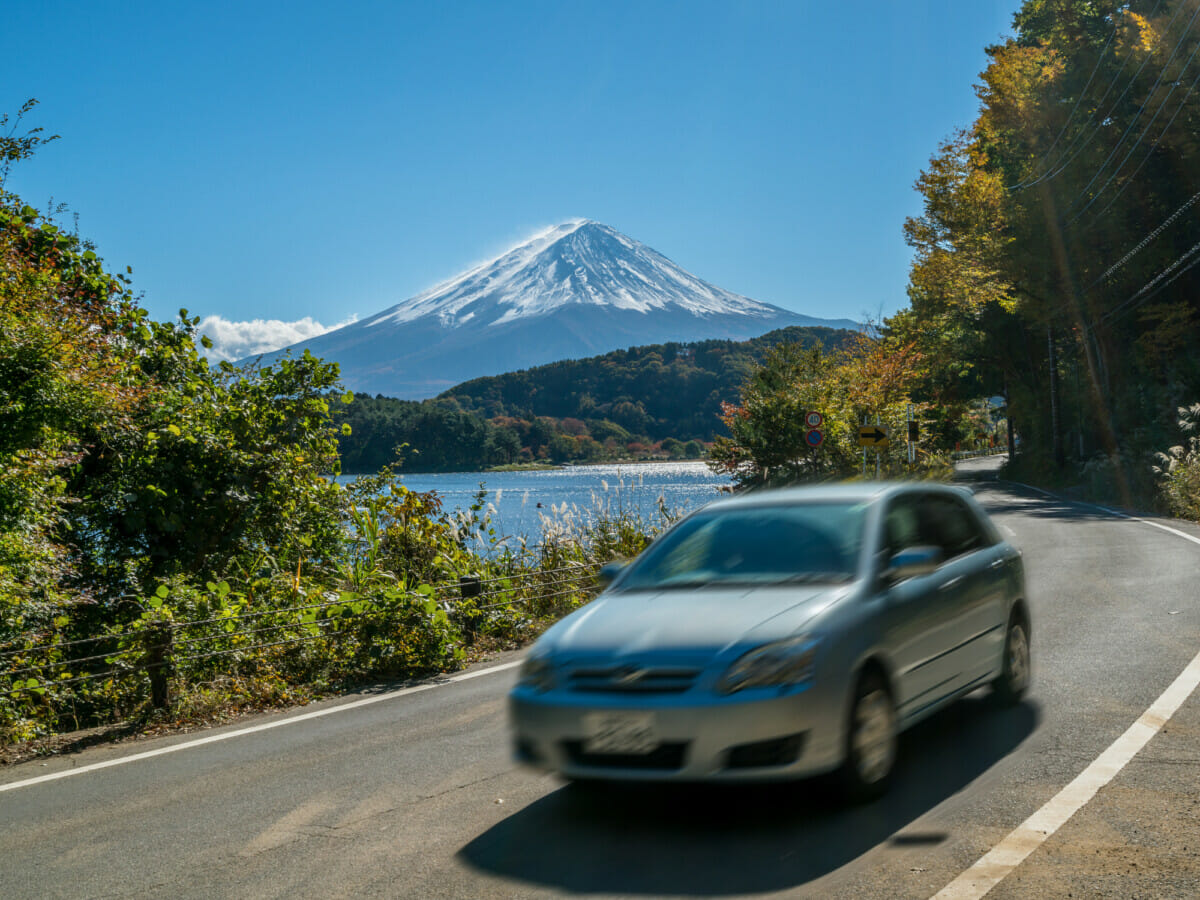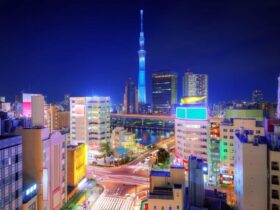The Elite Transportation System Of Japan
No matter where you are or where you’re going in Japan, there are likely at least a couple of options for how to travel. Of course, you can rent a car or take a taxi anywhere.
There are also multiple forms of public transportation that offer scenic routes, as well as comfortable seating and amenities on select transportation routes and methods.
Traveling within Japan is pretty easy compared to many other countries similar in size. For everywhere you want to go, there’s usually more than one option; a budget option or a time-saving option, at the very least.
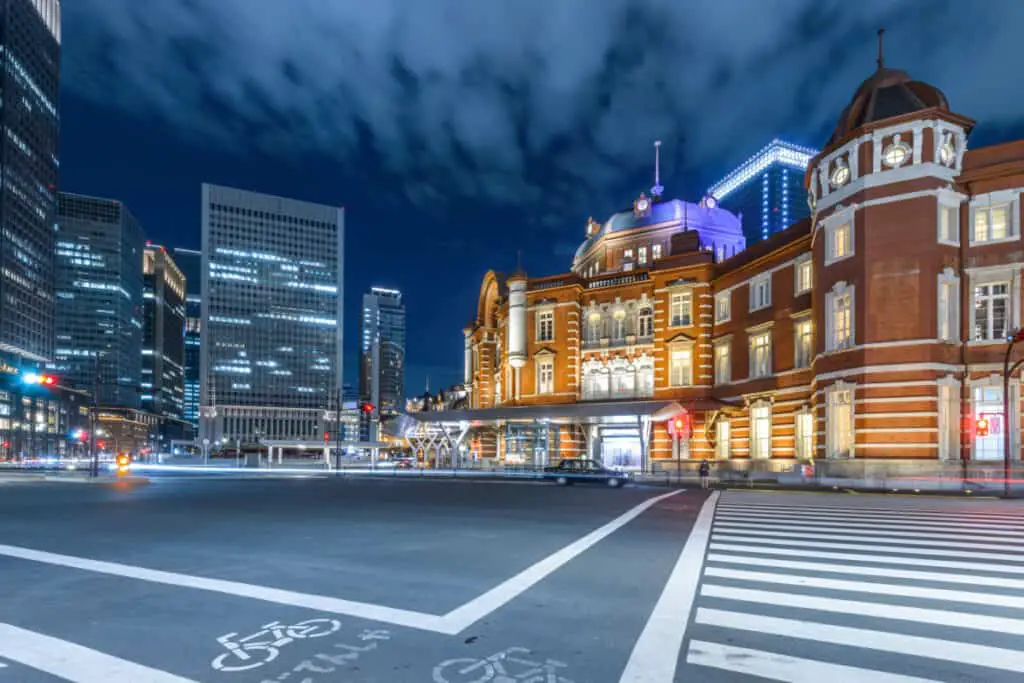
For tourists, the cost of transportation is very affordable, but if you’re doing a lot of public transport, the cost could add up.
There are transportation passes that you can purchase if you’re going to be using subways, trains, and buses for a large majority of your trip and you’re going to be in Japan for at least a week.
Ride The Bullet Train
The very exciting shinkansen has a route that will take you from Tokyo to Nagoya. This would be the most ideal route to take, especially if you’re looking for the shortest commute time.
The JR Tokaido shinkansen can take you from one city to the next and back with relative ease and offers a very unique experience that you’re sure to remember.
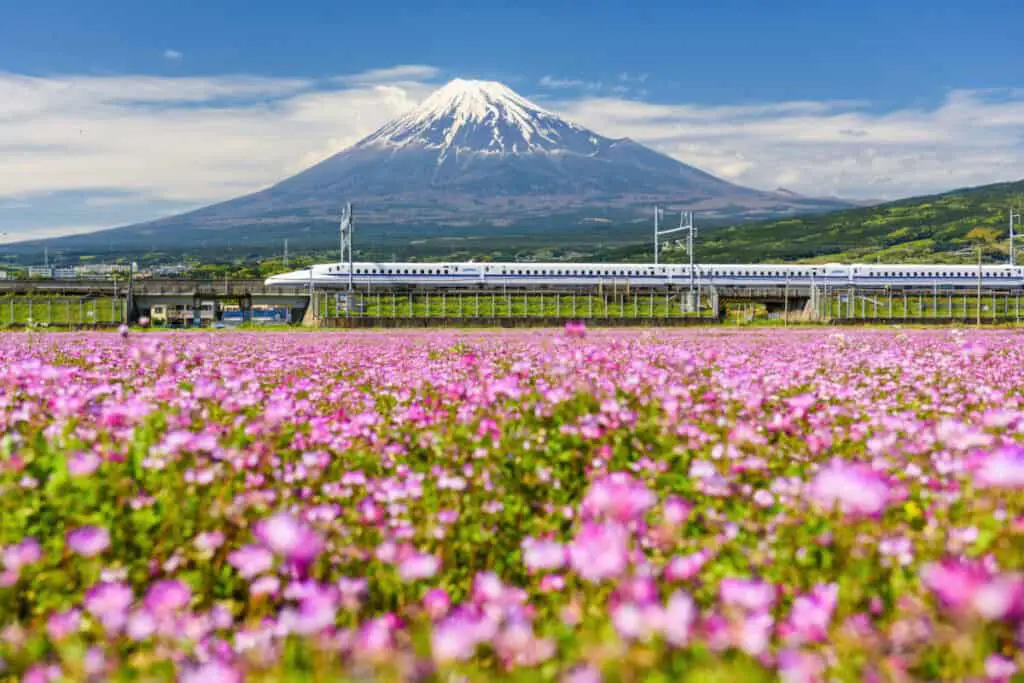
There’s a bullet train that runs both ways, so you can take it there and back. Bullet trains come to either Tokyo Station, Shin-Yokohama Station, or Shinagawa Station approximately every hour.
Be sure that you do some research when you’re planning on taking the shinkansen to see if you can find any deals in place at the time.
You are able to use your Japan Rail pass, if you purchased one, to ride the bullet train along this route.
If you are relying on public transport for much of your trip and will be in Japan for at least a week, it’s worth looking into the JR Pass. Without it, you’re looking at about 11000 yen per trip on the bullet train.
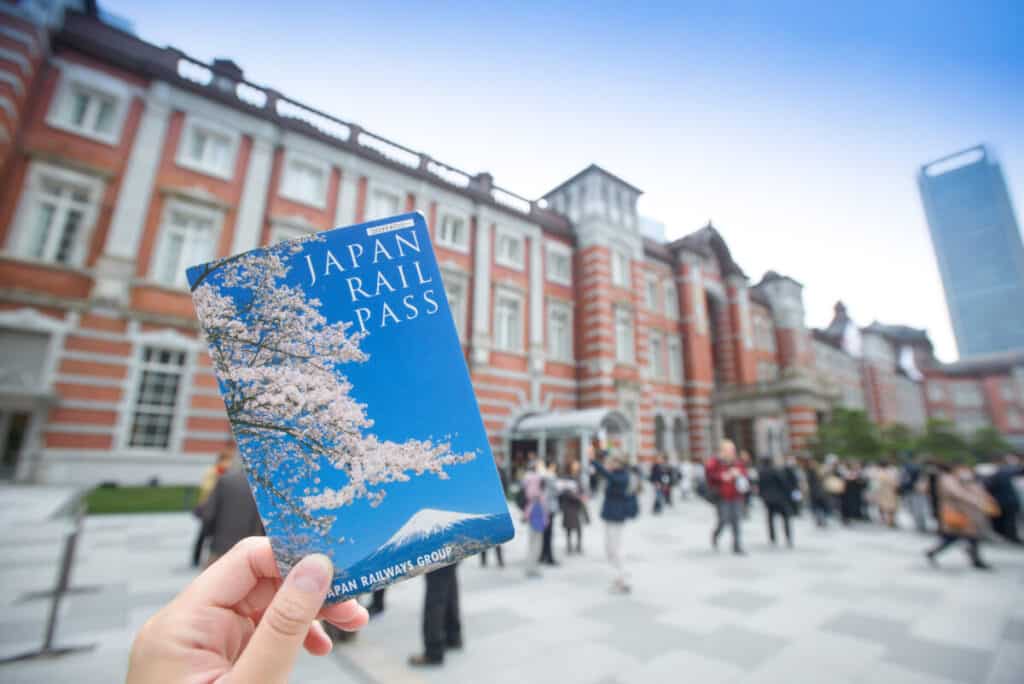
The shortest shinkansen ride is the Nozomi train, and it takes just under two hours. Additionally, there is a Kodama bullet train that takes a little longer but costs a little bit less.
You can either get on board with your JR Pass or reserve a seat, which is recommended if you’re bringing luggage.
Right in the middle, there’s the Hikari, which usually takes around two hours to get between cities.
Ride A Regular Train
The Hikari Train is another railway route you can take to get to Tokyo from Nagoya and vice versa. There is also a local train route that will take you from city to city, costing about 6000 yen per ride.
The train ride is long, taking about six hours to get to your intended destination.
Before you decide to take the train, be sure to check if Japan Rail is running their Seishun 18 ticket promotion.
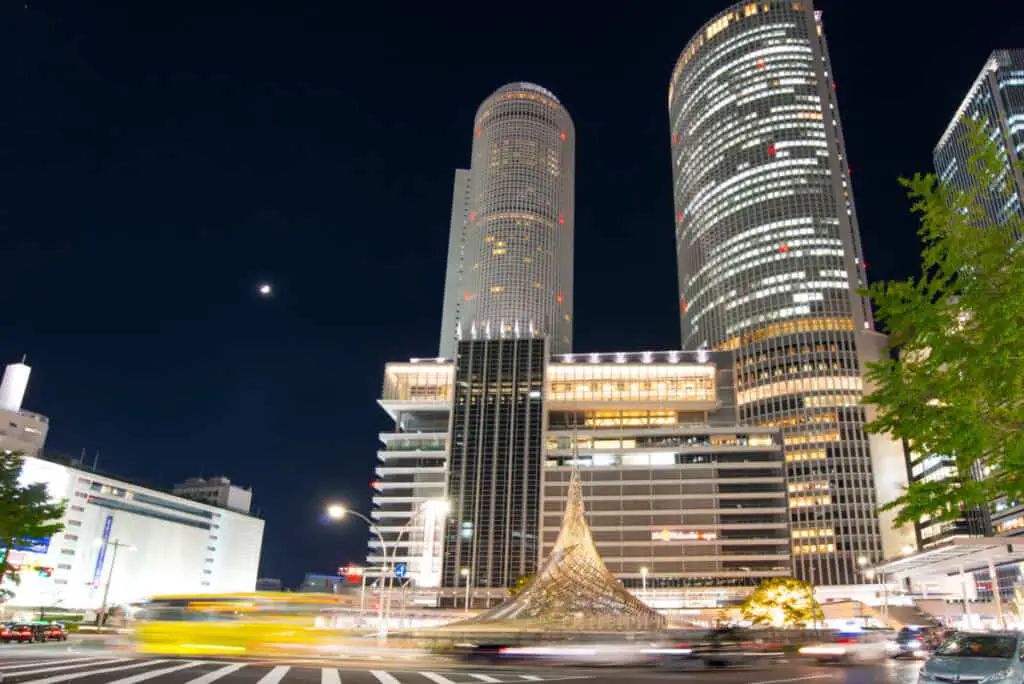
This promotion is usually offered by Japan Rail three times a year and gives you the opportunity to purchase a ticket for five days of unlimited rides on Japan Rail local and rapid trains.
Being able to purchase a Seishun 18 ticket can save you a lot of money on transportation, so long as you’re okay with sacrificing some of your time as a trade-off.
Regardless of which local train you take, you’ll likely have to make a couple of transfers on your journey, so keep that in mind when deciding your preferred transportation route.
Take A Highway Bus
A highway bus in Japan is similar to a coach bus in other countries. The bus ride between cities is a long one; you’re looking at a trip that takes between six and eight hours.
If you don’t mind a long, scenic bus ride and are looking to save money, this is your best option.
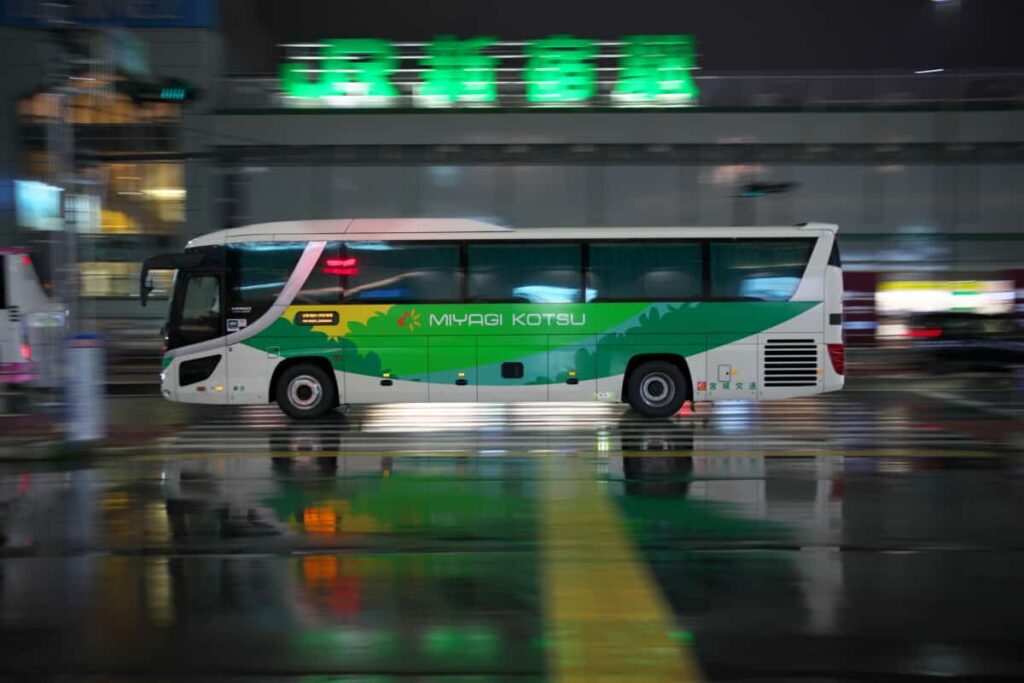
For the highway bus that travels from Nagoya to Tokyo and back, it’s about 3000 yen per one-way trip. One hack that some budget travelers will use is taking an overnight highway bus so they also save on a day of nighttime accommodations.
Since you book seats on these buses, you’ll be able to sleep, though it may not be your most comfortable sleep.
Willer Express and Kokosu Bus are two bus services that offer the bus trip from Tokyo to Nagoya, and from Nagoya back to Tokyo. Jam Jam Liner and JR Bus Kanto also offer bus trips between the two destinations.
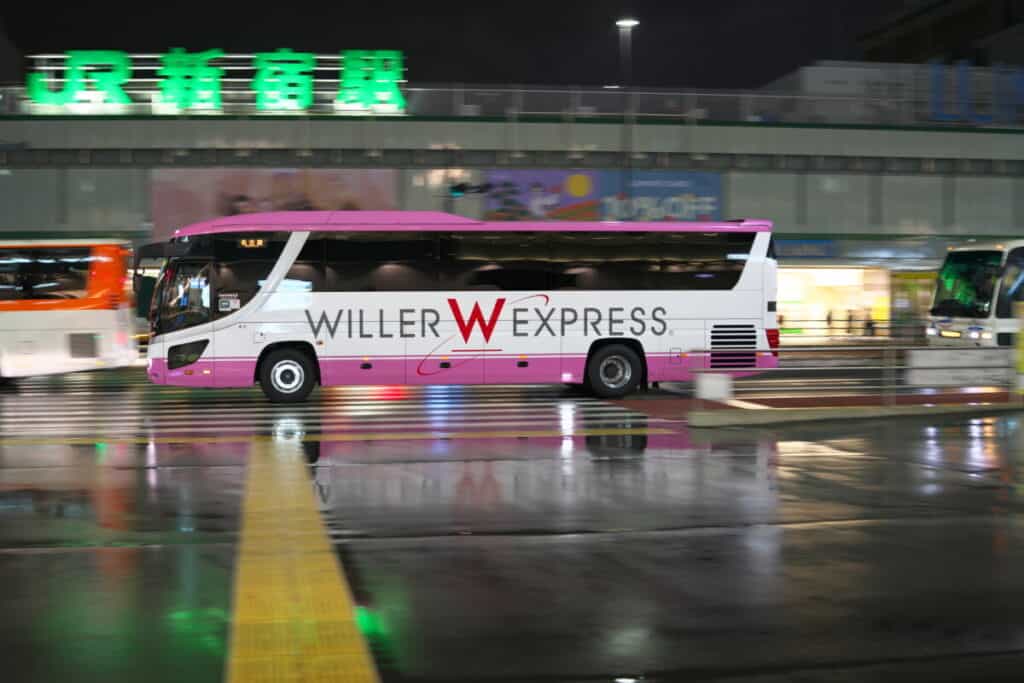
The bus times may vary depending on when you’re in Tokyo, and if you’re planning on traveling during the week, weekend, or on a holiday.
It’s very easy to look up bus times online, which you’ll likely do anyway given that you should be booking tickets in advance.
The buses in Japan can be a little tough to navigate for tourists, so having a little bit of an ability to speak Japanese to ask for help could serve you very well if you choose this economic option.
Fly Between Tokyo And Nagoya
You do have the option to get on a plane to travel between Tokyo and Nagoya. It’s not the most convenient way to travel in this circumstance but it is an option.
You can head to the Haneda Airport from Tokyo and fly into Chubu Centrair International Airport for anywhere between 7000 and 20,000 yen per trip.
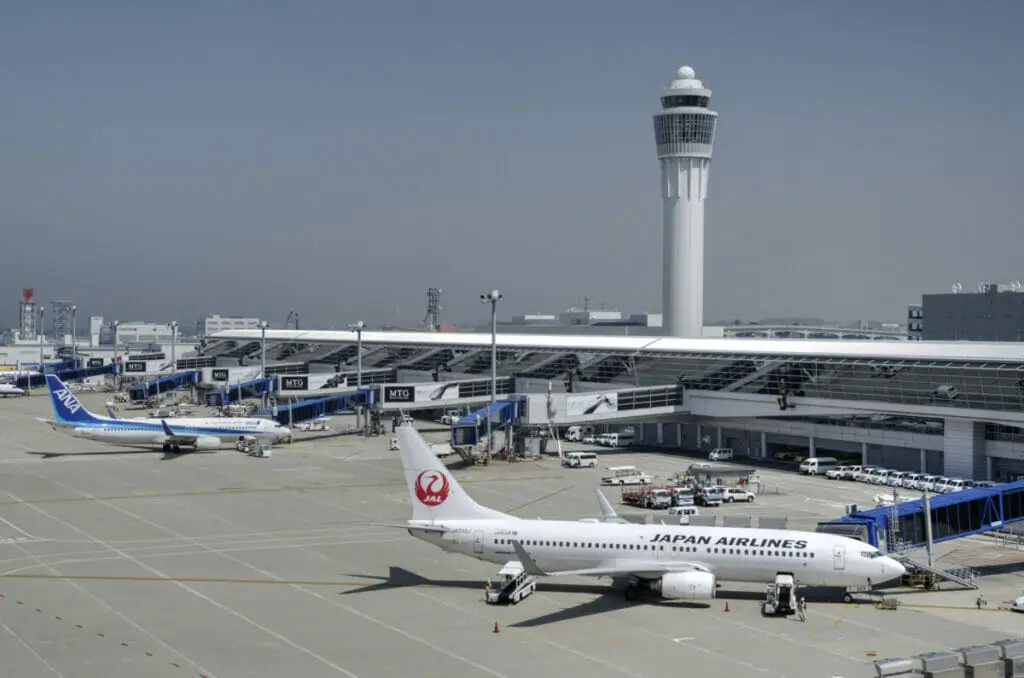
Flying can save you some time on your commute from city to city, as it takes just over an hour to fly. There are also a few airlines that offer this flight, including Japan Air, Jetstar, and Peach.
Driving From Tokyo To Nagoya
If you’ve already rented a car for your stay in Tokyo, you might prefer to just make the drive. Just be advised that, if you don’t already have a rental car, the cost is likely not worth it unless you’re with a group and you can split on driving costs.
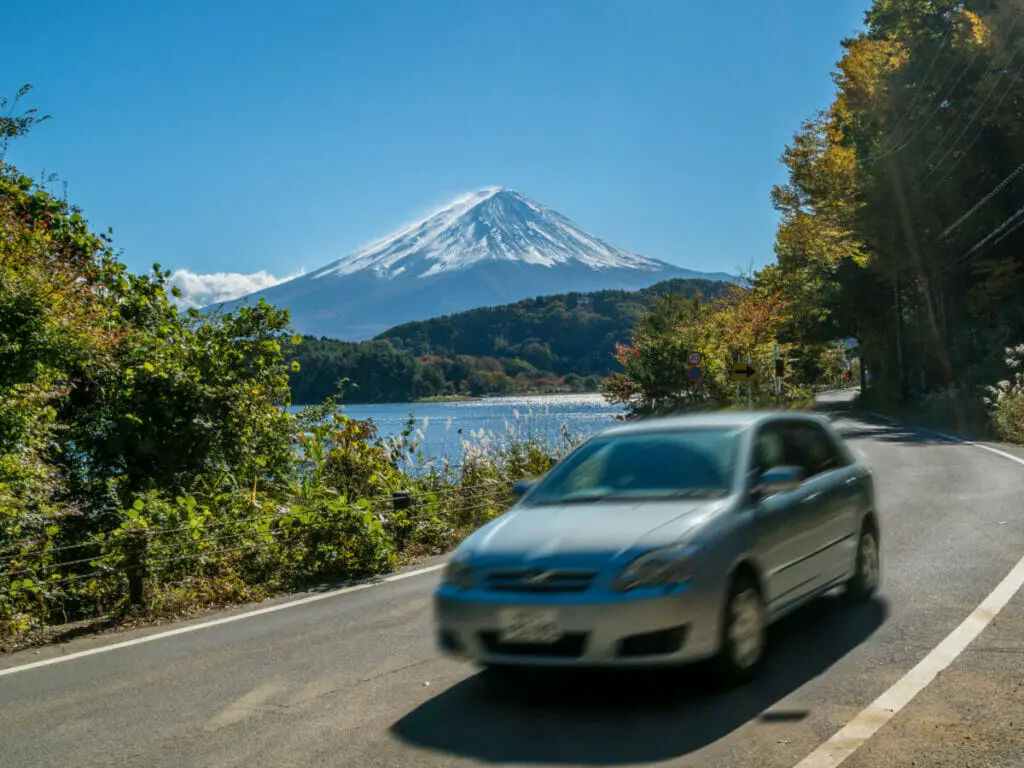
You’re looking at between four and five hours to make the drive one way.
You’ll obviously have to account for the cost of the rental car, but you’ll also need to pay for gas and highway toll costs.
It’s also a long drive to do on your own, so unless you have others that can trade off on driving duties, you may not enjoy the drive very much.
How To Choose Which Way To Travel
You’ll really have to determine whether or not you want to save time or money when traveling between Tokyo and Nagoya.
Where you’re staying in Tokyo might also play a role in which transportation option is more convenient for you. You may have to travel to and from stations to catch your bus or train, for example.
Easily, taking the bus is your most cost-effective option, but it’ll also take you the longest. The bus ride can be nice in terms of the views you’ll be able to see as you drive by, but sitting for that long can take its toll.
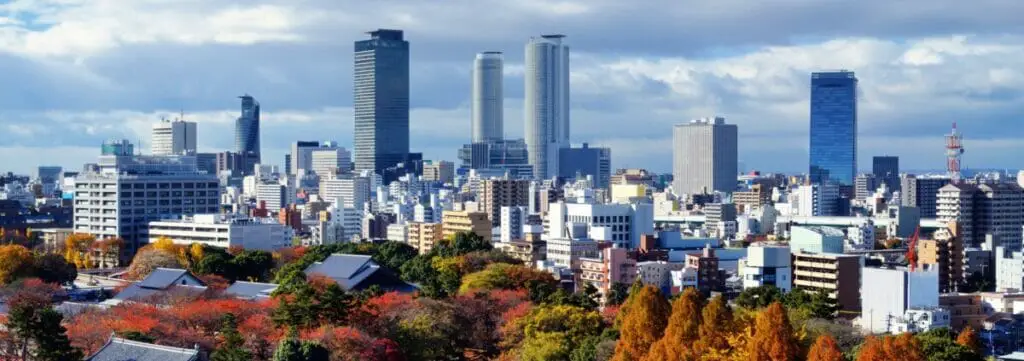
The shinkansen, easily, will get you between Tokyo and Nagoya the fastest, but it’s one of the more costly options.
That said, it’s a fairly affordable ride given just how far it’s taking you. If you have a JR Pass, you’ll be able to save a bit of money as well.
What To Do In Nagoya
Nagoya isn’t very far from Tokyo and is the capital of Aichi Prefecture. The city is picturesque and full of natural beauty.
Nagoya is also very vibrant in culture, as it was historically a trading area and an entertainment hub full of art, theater, and drama.
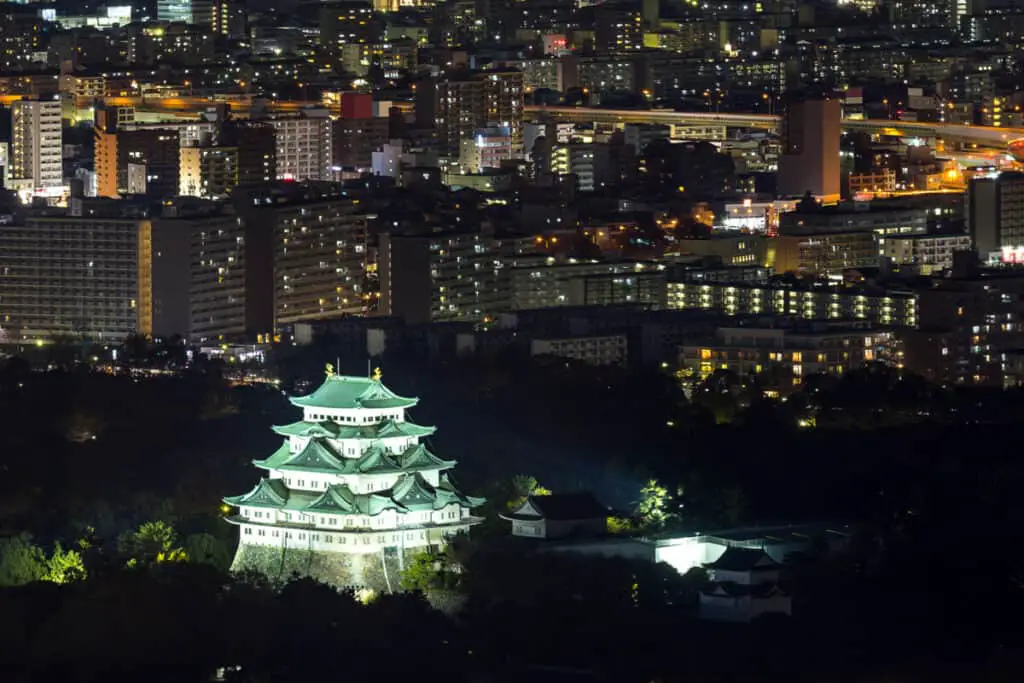
While modern-day Nagoya has been thought of as a business-oriented city given how many major businesses operate out of it, more and more tourists are recognizing that Nagoya is so much more than that.
A lot of the history of Nagoya and Japan has been encapsulated in and preserved in Nagoya. There are quite a few museums worth a spot on your itinerary.
A noteworthy museum to stop at in Nagoya is the Tokugawa Art Museum, featuring some of the most special artifacts in Japan.
Nagoya is also an ideal destination for foodies or those who enjoy trying Japan’s diverse cuisine. The city is known for some of its own culinary creations that are special and unique to the city.

